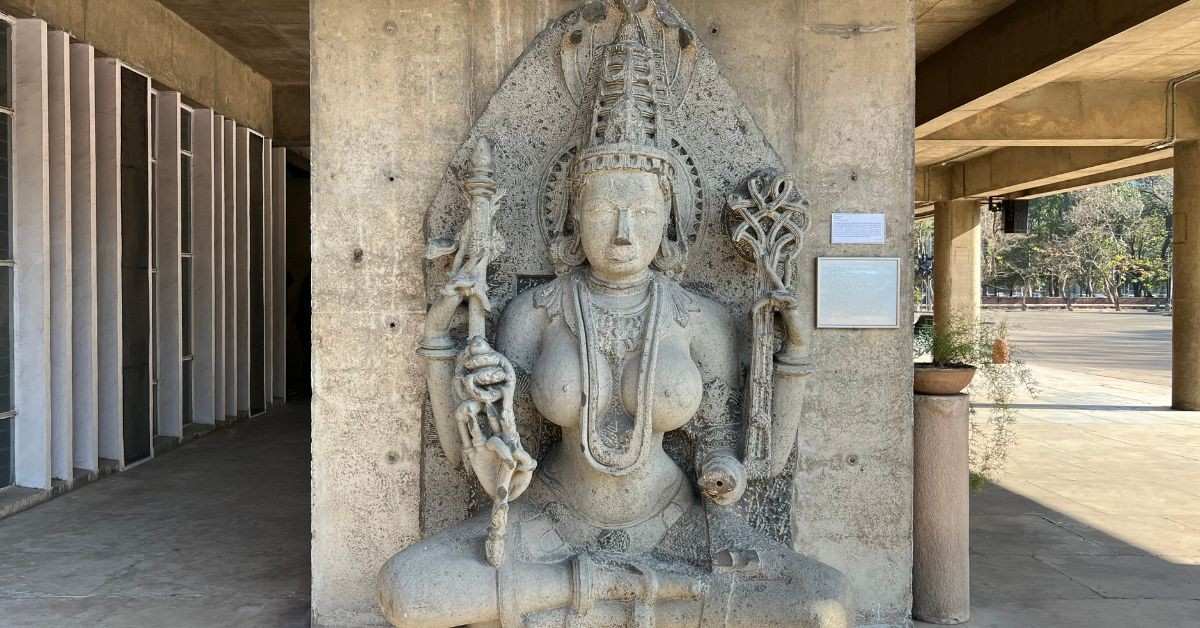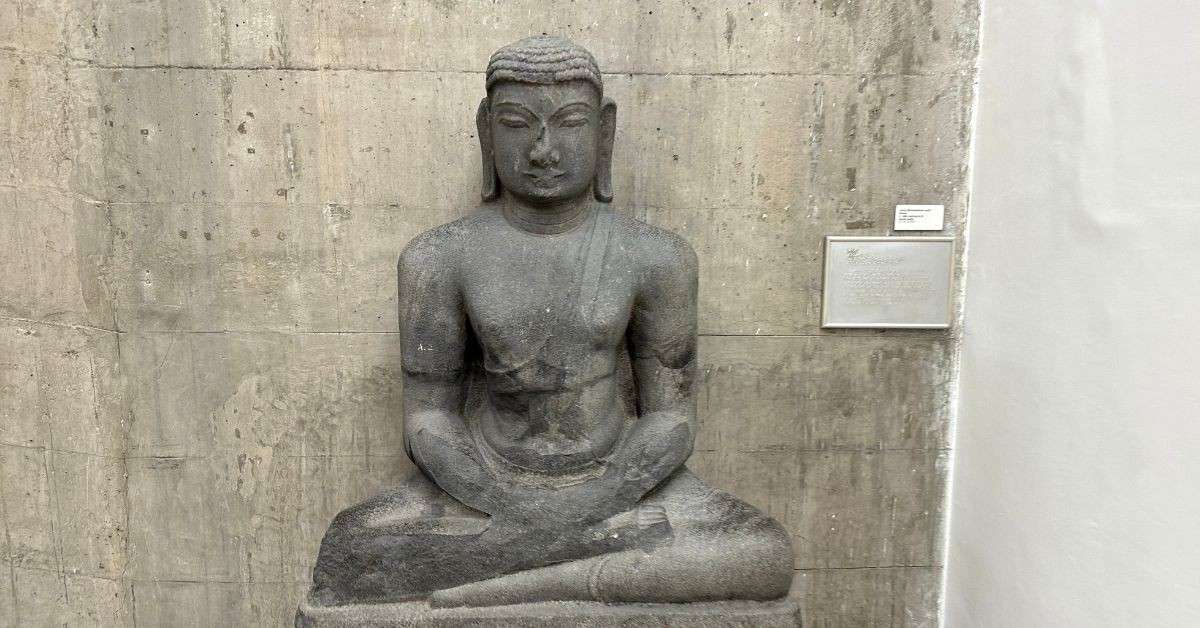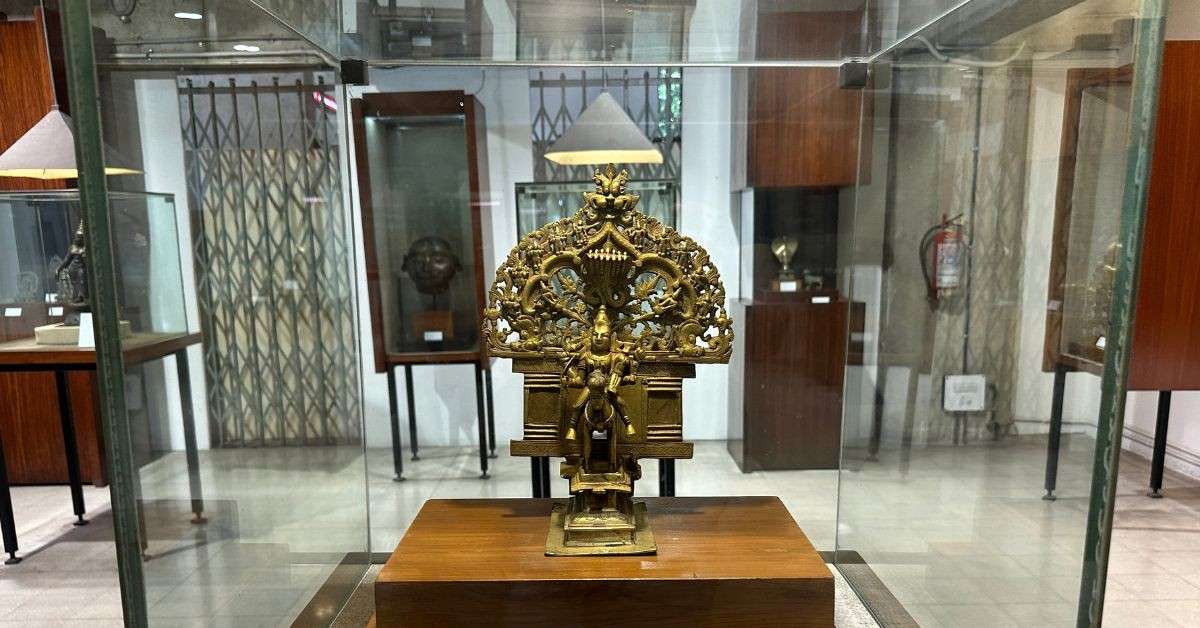Overview
The Chandigarh Government Museum and Art Gallery is a cultural and historical institution located in the city of Chandigarh, India.
Location Map
Entry Fee
Adult – Rs 10 Per Person
Child Under 12 Age – Rs 5 Per Child
Visit Timings
10:00 AM to 4:30 PM, Tuesday to Sunday, And Monday Closed.
Things To Do
The Government Museum and Art Gallery, Chandigarh is a premier institution that showcases the rich cultural heritage of North India.
It was established in the aftermath of the partition of India in 1947, as a result of which a significant portion of the collections of art objects, paintings, and sculptures that were housed in the Central Museum, Lahore, was divided between India and Pakistan.
The museum is home to an extensive collection of Gandharan sculptures, ancient and medieval Indian sculptures, and Pahari and Rajasthani miniature paintings.
The collection of Gandharan artifacts is particularly noteworthy, as it is one of the largest in the world. The museum also houses a collection of manuscripts, coins, and other historical artifacts.
The building that houses the museum was designed by the renowned Swiss-born French architect, Le Corbusier, along with his associates Manmohan Nath Sharma, Pierre Jeanneret, and Shiv Dutt Sharma.
It is one of the three museums designed by Le Corbusier, the other two being Sanskar Kendra in Ahmedabad and the National Museum of Western Art in Tokyo. The design of the building was completed between 1960-62 and construction took place between 1962 and 1967.
The Government Museum and Art Gallery were officially inaugurated on May 6, 1968, by Dr. M. S. Randhawa, the then Chief Commissioner of Chandigarh.
Today, it stands as a testament to the rich cultural heritage of North India and serves as an important educational and cultural resource for the people of Chandigarh and the surrounding areas.


The government museum and art gallery are open to visitors from 10:00 am to 4:30 pm, Tuesday to Sunday. The museum is closed on Mondays and national holidays.
The entry fee for the government museum and art gallery is very reasonable, with adults paying just INR 10 and children under the age of 12 paying INR 5.

The Chandigarh Government Museum and Art Gallery are located in Sector 10-C, Chandigarh, India.
The best way to reach the museum is by taking a bus or auto-rickshaw from any location within the city.
The museum is also easily accessible by car, as it is located on the main road.
If you are coming from the railway station or bus stand, you can take a taxi or an auto-rickshaw to reach the museum.
The Government Museum and Art Gallery feature several galleries that showcase the cultural heritage of the region, including sculptures, paintings, textiles, coins, and more. Each gallery is dedicated to a specific theme, such as Indian art, international art, and natural history.
The art gallery features works by renowned Indian artists, including Raja Ravi Varma, Amrita Sher-Gil, and S.H. Raza. Visitors can also view the international art collection which includes works by famous artists like Monet and Degas.
The museum has a section dedicated to the history of Chandigarh, showcasing artifacts and exhibits that tell the story of the city’s past and development.
The Natural History section of the museum features a collection of specimens that showcase the rich biodiversity of the region. Visitors can learn about the different plant and animal species that are found in the area.
The museum has an auditorium and a library where educational and cultural events are held. Visitors can attend talks, lectures, workshops, and other events that are organized by the museum.
The museum has a section dedicated to children, where they can learn about the history and culture of Chandigarh in an interactive and fun way.
The Government Museum and Art Gallery are housed in a beautiful building that showcases the unique architecture of the city. Visitors can take a walk around the building and admire its design and features.
Visitors are allowed to take photographs of the exhibits and artifacts on display, making it the perfect place to capture memories of your visit to the Government Museum and Art Gallery in Chandigarh.
The Chandigarh Government Museum and Art Gallery hold significant cultural value for the city of Chandigarh and its inhabitants. As one of the oldest and most renowned museums in the region, it serves as a valuable resource for the study and preservation of the area’s rich cultural heritage.
The museum houses a vast collection of ancient and modern artworks, including sculptures, paintings, and artifacts from the Indus Valley Civilization, as well as contemporary art from local and regional artists.
This collection provides visitors with a deep understanding of the diverse cultural influences that have shaped the region over time.
In addition to its art collection, the museum also features exhibits on the history and culture of Punjab, including the region’s traditional customs, crafts, and costumes.
This provides visitors with a comprehensive understanding of the local culture and its evolution over time.
The museum also serves as an important educational resource for students and scholars, providing valuable insights into the region’s past and present.
It also hosts regular cultural events, such as lectures, workshops, and exhibitions, which provide opportunities for the community to engage with and learn about the area’s rich cultural heritage.
The Chandigarh Government Museum and Art Gallery is a vital cultural institution that plays an important role in preserving and promoting the region’s rich cultural heritage. It serves as a valuable resource for visitors, students, and scholars, as well as the local community.
The collection at the Chandigarh Government Museum and Art Gallery began with the partition of India in 1947 when 40% of the collection of the Central Museum in Lahore was given to India.
Citizens can help keep the Government Museum and Art Gallery clean and safe by following these steps:
Tourists can help keep the Government Museum and Art Gallery clean and safe by:
Here is a table that shows the distance from the Government Museum and Art Gallery to various tourist attractions in Chandigarh.
Attraction | Distance (km) |
1.5 km | |
2.4 km | |
3.1 km | |
3.3 km | |
4.3 km | |
Iskcon Temple | 4.5 km |
6.4 km | |
8.1 km |
It is a museum and art gallery located in the city of Chandigarh, India. It houses a collection of art and artifacts from the region, as well as temporary exhibitions.
The museum is open from 10:00 AM to 4:30 PM on weekdays, and closed on Sundays and public holidays.
Yes, there is an entry fee for the museum. Adults paying just INR 10 and children under the age of 12 paying INR 5.
The museum has a collection of sculptures, paintings, and decorative arts from the region, as well as temporary exhibitions of contemporary art.
Photography and videography are allowed inside the museum, but with certain restrictions. Visitors may be required to pay an additional fee for photography or videography.
Yes, the museum has ramps and elevators to assist visitors with mobility impairments.
Yes, there is a gift shop at the museum where visitors can purchase souvenirs and books related to the exhibits.
Yes, the museum offers guided tours for groups and individuals. Visitors should contact the museum in advance to schedule a guided tour.
Yes, there is a parking facility available at the museum.
No, the museum does not have any restaurant or café. But, visitors can find nearby restaurants and cafes.
Chandigarh is the capital of the Indian states of Punjab and Haryana, and it is also a union territory in its own right. Located in the northwest of the country, Chandigarh is known for its modernist architecture and urban planning, which was designed by the French architect Le Corbusier in the 1950s.